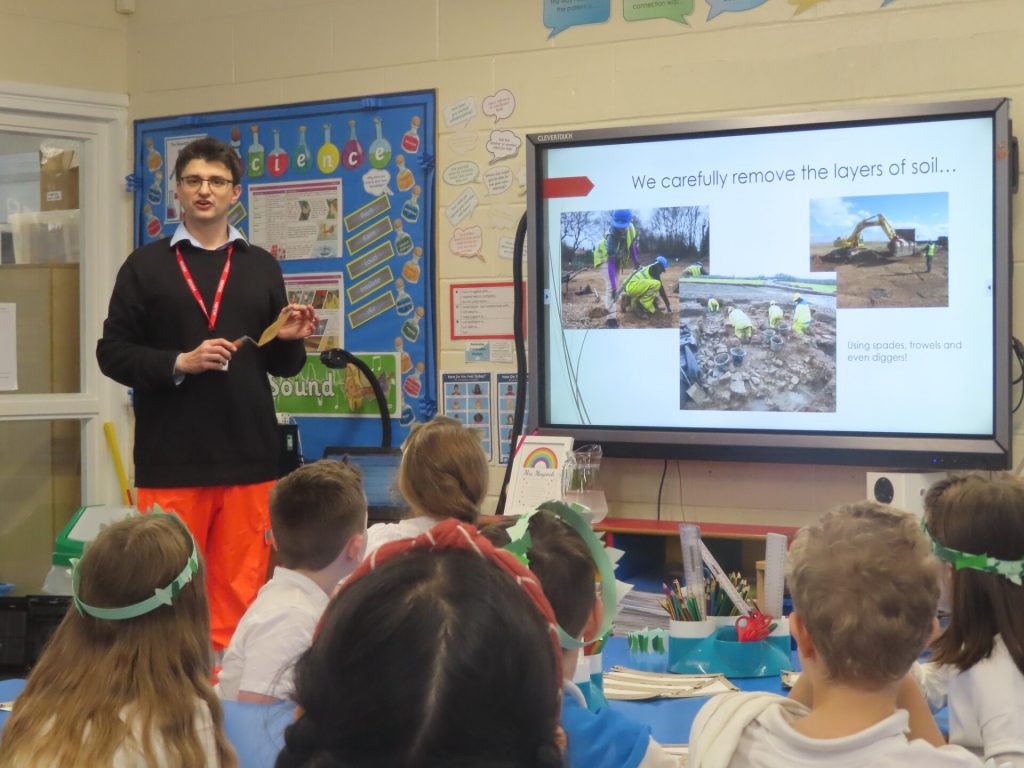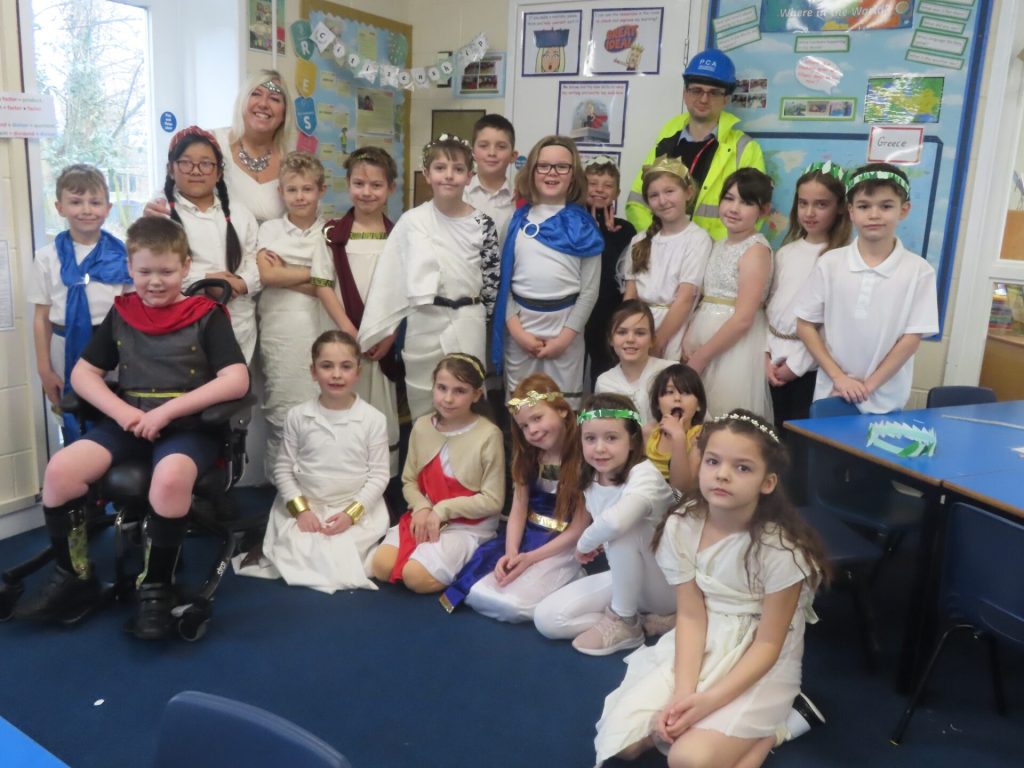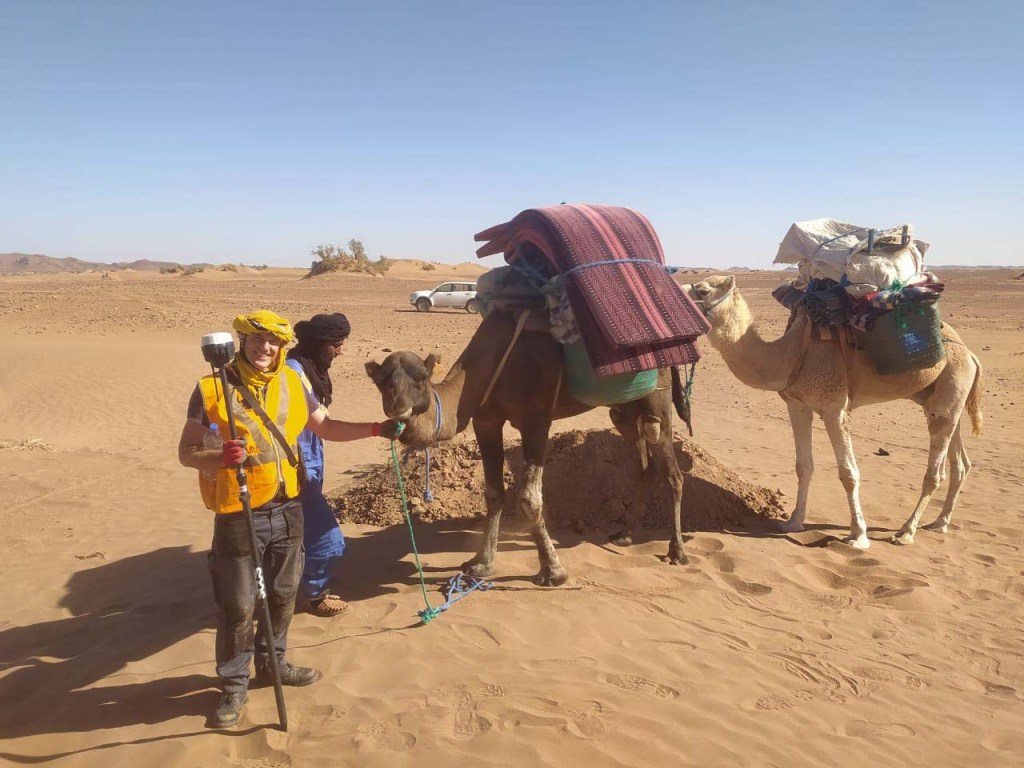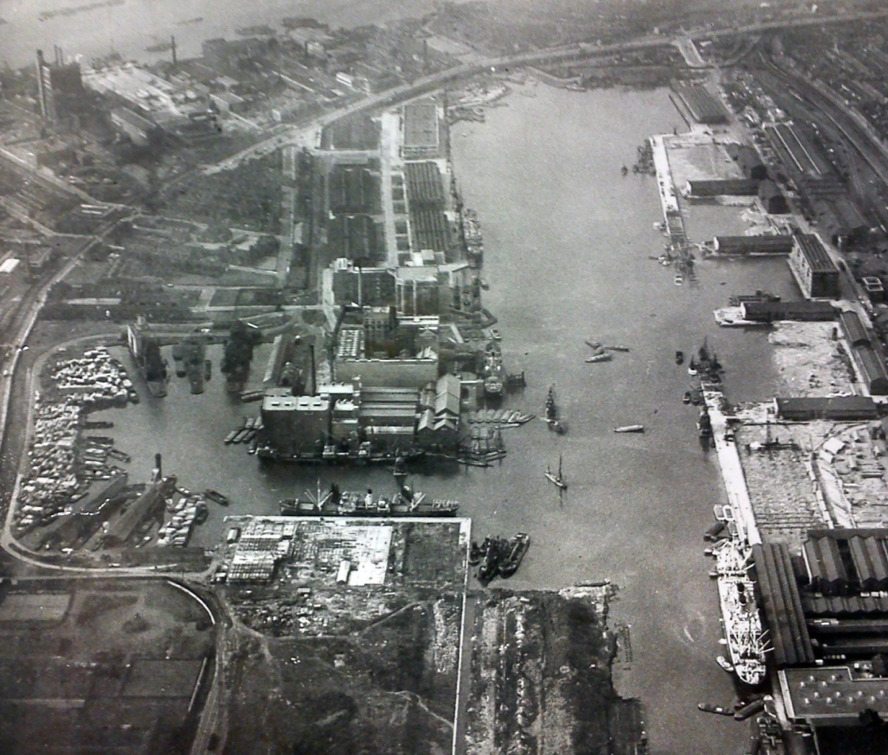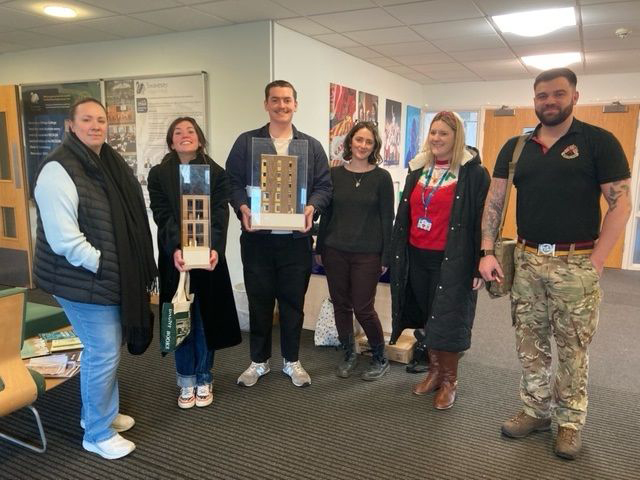
In the summer of 2021 our Durham office was lucky enough to discover Hadrian’s Wall in urban Tyneside. Excitingly, we found Turret 3a, perhaps the largest yet discovered, and the northern defensive ditch and six berm obstacle pits. Scott Vance will present our findings at the forthcoming Current Archaeology Live! conference, which will be held at UCL Institute of Education in London on 25 February.
Tickets are selling fast but are still available through the Current Archaeology website:

.
Urban Tyneside sounds like the last place to uncover surviving elements of Hadrian’s Wall, however what it lacks in picturesque beauty, it more than makes up for in opportunities for archaeological investigations due to intensive modern development. This makes the extreme eastern sector of the wall one of the most dynamic and interesting sections along the whole frontier. Our investigation demonstrates that significant remains relating to the wall can and do survive within the more built-up areas of urban Tyneside. The discovery of Turret 3a also indicates that local factors were allowed to influence the positioning of structures along the wall. The exact positioning of milecastles and turrets within the Newcastle to Wallsend section has always been unclear, with the structures not appearing to follow the assumed spacing. Measurements suggest that Turret 3a should be some way to the south-west of its actual location, which is on a hill with a commanding view over the valley. Interestingly, this shows that strategic interests had outweighed the original spacing scheme during the construction of the wall.
Scott is currently writing an article about Turret 3a which will be published in Current Archaeology in due course; in the meantime you can read more about our discovery here:


